Ever wondered if an air purifier really works or if it’s just another gimmick? I used to think the same—until I saw how much dust and pet hair mine caught. So, what is an air purifier? It’s a simple device that removes pollutants, making the air fresher and healthier. In this guide, I’ll show you how to use an air purifier the right way. Let’s get started and breathe easier!
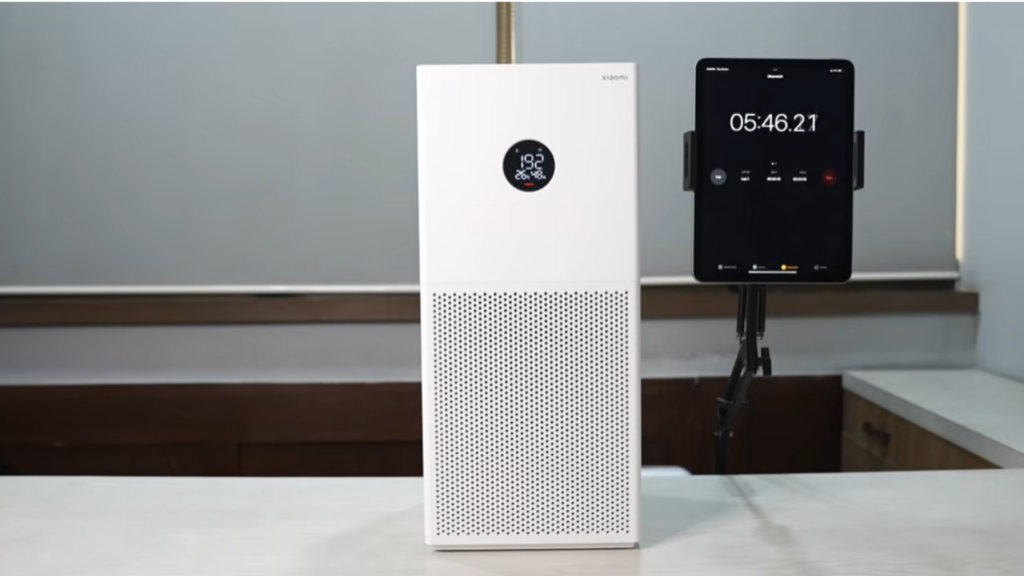
What Is an Air Purifier and How Does It Work?
Ever notice how dust keeps coming back, no matter how much you clean? That’s because indoor air carries tiny particles—dust, pet hair, smoke, and even germs. So, what is an air purifier? It’s a device that removes these pollutants, making your air cleaner and healthier.
Air purifiers work by pulling in air, trapping bad stuff in a filter, and sending clean air back out. HEPA filters catch dust and allergens, while carbon filters remove odors. UV purifiers kill germs, and ionic ones release charged particles to clear pollutants. No matter the type, they all help freshen your space.
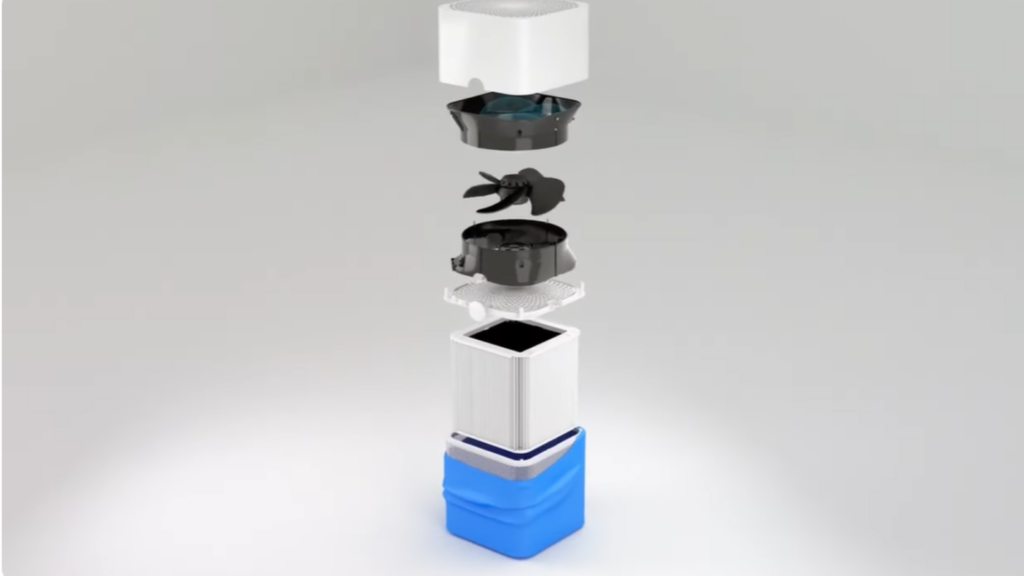
Picking the right one depends on your needs. HEPA filters help with allergies, carbon filters fight odors, and UV purifiers kill bacteria. Wondering, do air purifiers work? Yes! Just choose the right type and place it correctly for the best results.
Why You Should Use an Air Purifier
Ever walked into a room and felt the air was heavy, like something invisible was making it harder to breathe? That’s because indoor air is often more polluted than we realize. Dust, pet dander, mold spores, and even chemicals from cleaning products linger in the air. This is where an air purifier can help. It filters out these pollutants, creating a fresher, healthier space for you and your family.
Air purifiers are great for everyone, but they’re a game-changer for allergy sufferers, pet owners, and city dwellers. If pollen makes your eyes itch or pet hair triggers sneezing fits, a HEPA filter can trap these allergens. Live in a city with smog? A purifier with activated carbon can reduce air pollution inside your home. Even if you don’t have allergies, breathing cleaner air can help you sleep better and feel more refreshed.
But do air purifiers really work? The short answer is yes! Studies show they reduce airborne particles, improving indoor air quality. The key is choosing the right one and using it properly. Whether you want fewer allergens, less pet odor, or just cleaner air, an air purifier can make a real difference in your daily life.
How to Use an Air Purifier the Right Way
Think you can just turn on an air purifier and be done? Not quite. To get fresh, clean air, you need to use it correctly. Here’s how!
Pick the Best Spot
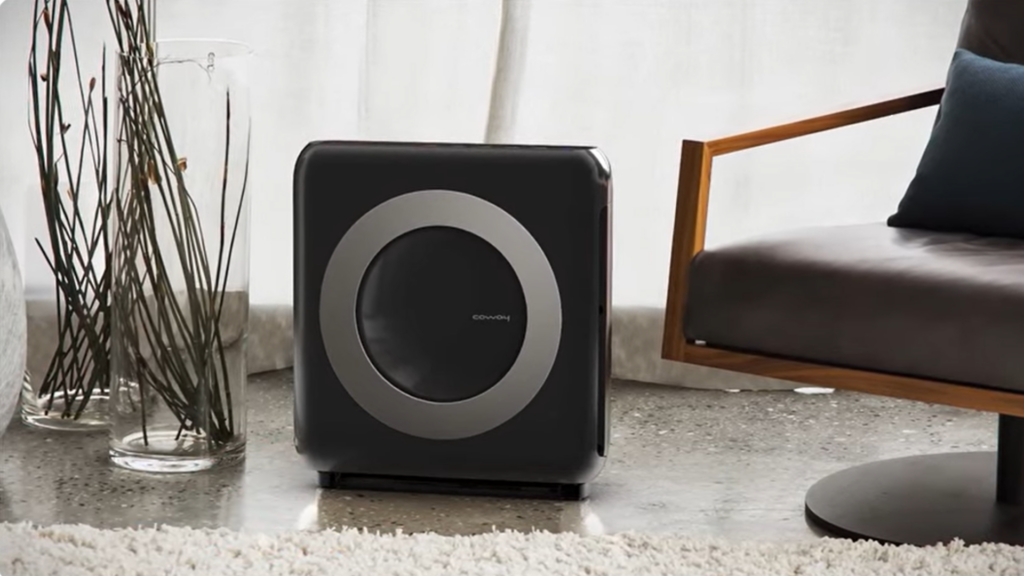
Where you place your air purifier makes a big difference. Keep it in an open space with plenty of airflow. Don’t shove it in a corner or against a wall—that blocks circulation. The best spot? Near the center of the room or close to where you breathe the most, like by your bed or couch.
Avoid common mistakes. Don’t put it under a table or near curtains. And keep doors and windows closed while it runs. That way, it won’t have to fight against outdoor air sneaking in.
Set It Up and Use It Right
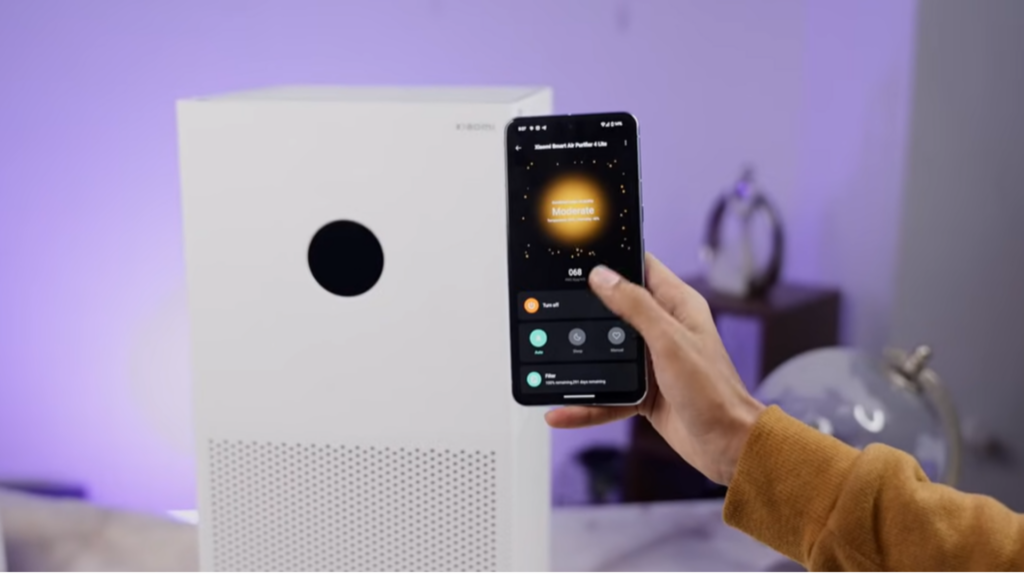
Setting up an air purifier is easy. Just plug it in, turn it on, and let it do its job. But for the best results, start on the highest setting for an hour. This gives the air a deep clean. After that, switch to a lower speed for daily use.
Most purifiers have an “auto” mode that adjusts based on air quality—use it! At night, set it to sleep mode for quiet operation.
Keep It Clean for Best Results
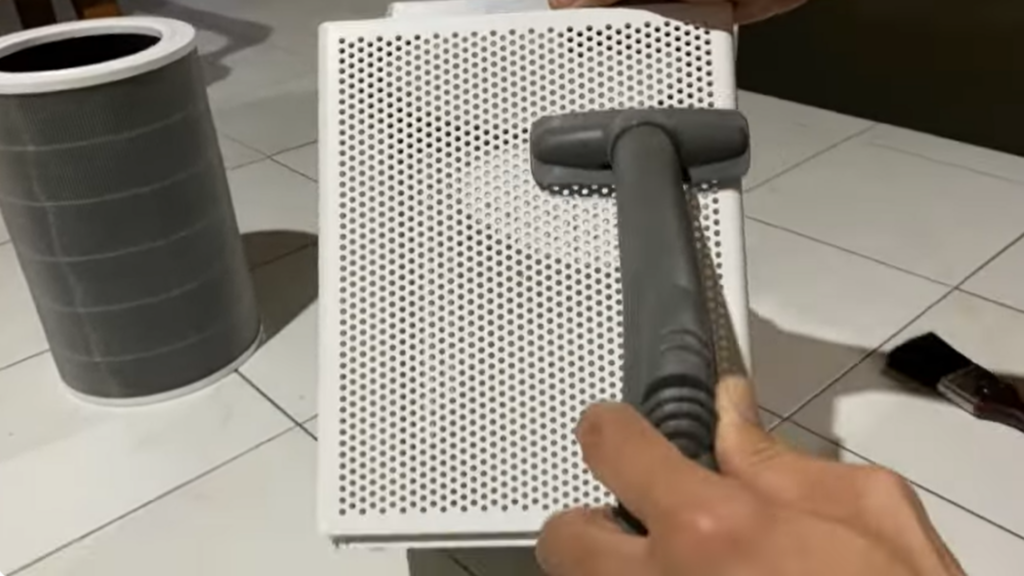
A dirty filter won’t clean the air. Check your filter every few weeks. HEPA filters last 6–12 months, while carbon filters need replacing every 3–6 months. If your purifier has a washable pre-filter, rinse it often to remove dust.
Not sure when to change the filter? If the air feels stale, or you see dust collecting, it’s time. Regular maintenance keeps your purifier working at its best, so you keep breathing fresh air.
By placing it right, using the correct settings, and keeping it clean, you’ll enjoy cleaner, healthier air every day!
Do Air Purifiers Really Work? Busting Myths
Ever heard someone say, “Air purifiers don’t do much”? That’s not true! They work when used the right way. Let’s clear up some common myths.
Myth 1: “An air purifier is just a fan.”
Wrong! A fan moves air, but a purifier cleans it. HEPA filters trap dust and pollen. Carbon filters remove bad smells. UV and ionic purifiers fight germs. Unlike a fan, an air purifier removes harmful particles, making your air cleaner.
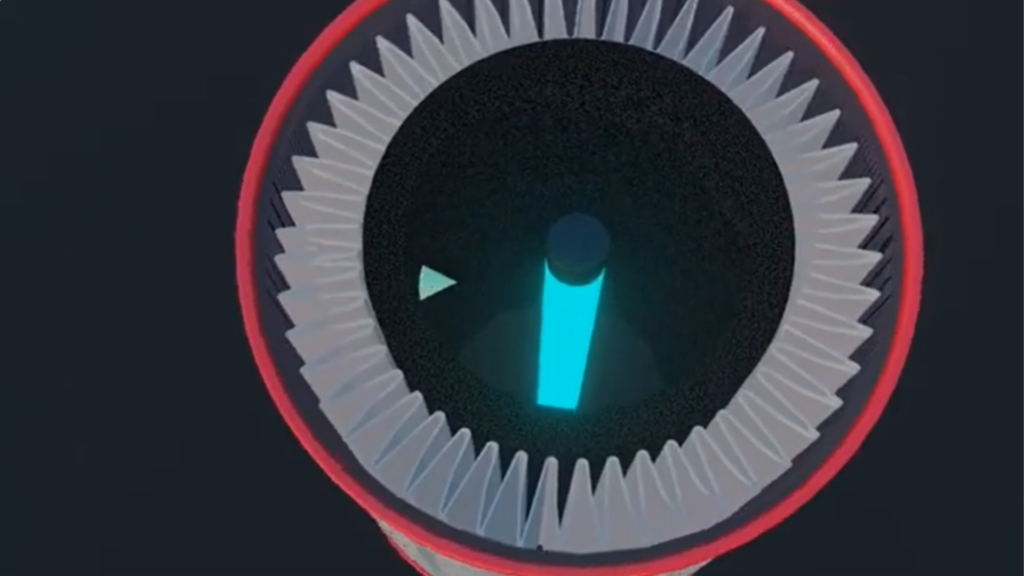
Myth 2: “You won’t notice a difference.”
You might not see the change, but you’ll feel it. If you have allergies, you’ll sneeze less. Pet odors will fade. Studies show purifiers cut indoor air pollution. Give it a few days, and you’ll breathe easier.
Myth 3: “One purifier cleans the whole house.”
Not true! A single unit works best in one room. It’s like heating or cooling—you need the right size for your space. For big areas, use a purifier with a high CADR rating or get more than one.
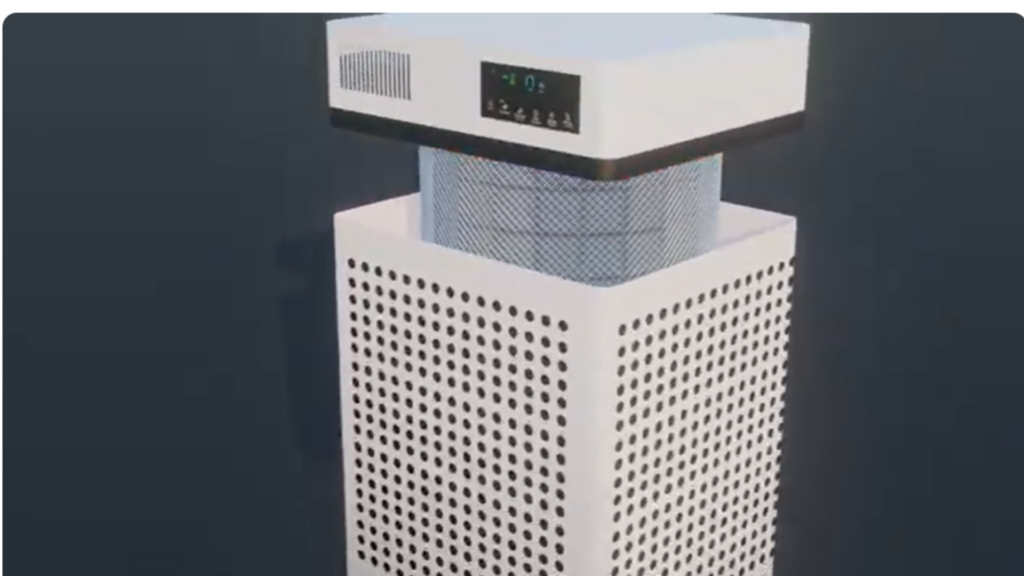
Myth 4: “Air purifiers remove everything.”
They help a lot, but they’re not magic. Airborne dust, pollen, and smoke get filtered out, but dirt on surfaces stays. For the best results, use your purifier with regular cleaning and good ventilation.
How Long Until You Notice Cleaner Air?
Some purifiers work in hours. Others take a few days, depending on how dirty your air is. If you have allergies, you’ll likely feel better in a week.
Bottom line? Air purifiers do work! Just choose the right one, set it up properly, and enjoy fresh, clean air.
What to Look for When Buying an Air Purifier
Thinking about getting an air purifier? Great choice! But with so many options out there, picking the right one can feel overwhelming. Let me make it easy for you. Here’s what really matters when choosing an air purifier that fits your needs.
1. Choose the Right Filter Type
Not all air purifiers are created equal. The type of filter determines what pollutants it removes. Here’s a quick breakdown:
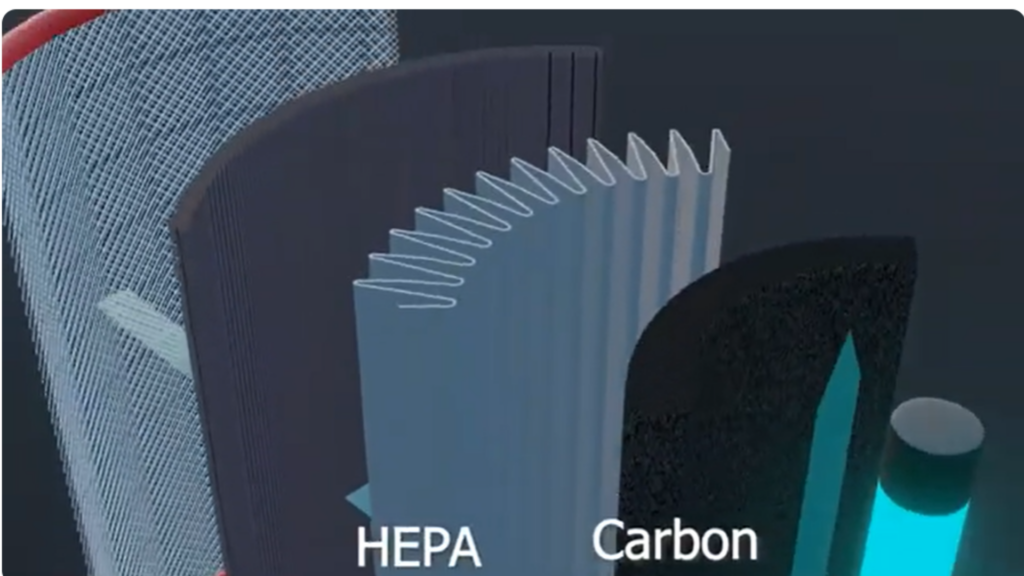
- HEPA Filters – The gold standard! These trap 99.97% of tiny particles like dust, pollen, and pet dander. If you have allergies, this is a must-have.
- Activated Carbon Filters – Perfect for eliminating odors and harmful gases. If you’re dealing with smoke, cooking smells, or pet odors, go for this.
- UV-C Light Purifiers – Great for killing bacteria and viruses. These are ideal if you’re concerned about germs.
- Ionic Purifiers – These release charged ions to clump particles together so they can be removed from the air. Be cautious, though—some produce ozone, which can be harmful.
👉 Quick Answer: If allergies are your main issue, go for a HEPA filter. If odors bother you, pick one with activated carbon. Want extra protection from germs? Consider UV-C.
2. Pick the Right Size for Your Room
Air purifiers come in different sizes, and picking the wrong one is like using an umbrella in a storm—it won’t help much! Look at the Clean Air Delivery Rate (CADR), which tells you how fast it can clean the air.
- Small rooms (up to 200 sq ft) – A CADR of 100–150 is good.
- Medium rooms (200–400 sq ft) – Aim for a CADR of 150–250.
- Large rooms (400+ sq ft) – Go for a CADR of 250+.
👉 Quick Answer: Match the CADR to your room size for the best performance.
3. Consider the Noise Level
Some air purifiers sound like a jet engine, while others are whisper-quiet. If you plan to use it in a bedroom or office, check the decibel (dB) level.
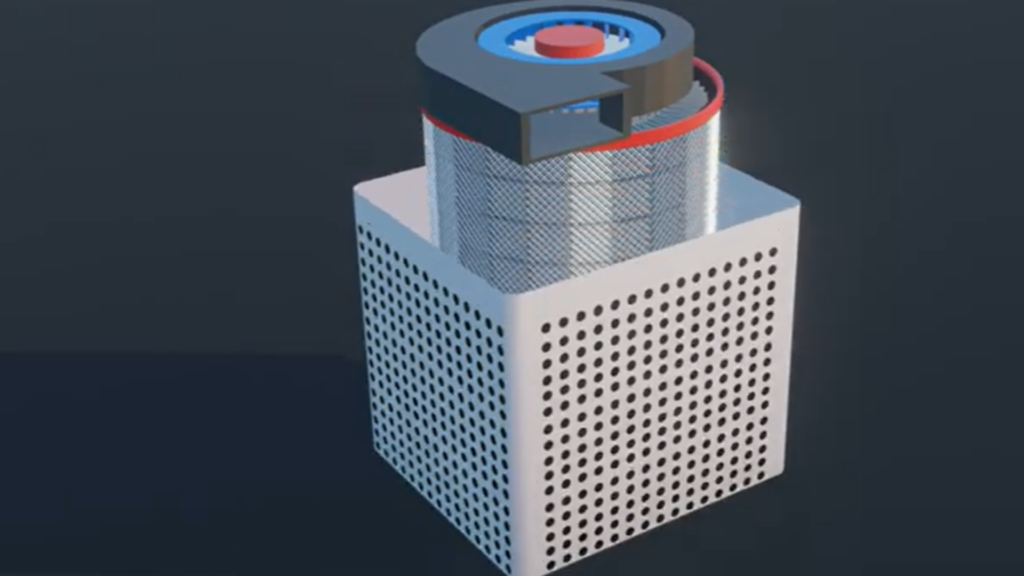
- Below 30 dB – Super quiet, great for sleeping.
- 30–50 dB – Noticeable but not annoying.
- 50+ dB – Can be loud, like a fan on high speed.
👉 Quick Answer: Look for purifiers with a sleep mode if noise bothers you.
4. Smart Features: Convenience Matters!
Want a purifier that adjusts automatically? Smart features make life easier.
- Air Quality Sensors – These detect pollution levels and adjust the fan speed automatically.
- Auto Mode – Saves energy by running only when needed.
- Wi-Fi & App Control – Control your purifier from your phone.
- Filter Replacement Indicator – Tells you when it’s time to change the filter.
👉 Quick Answer: Smart features can make maintenance effortless. If convenience matters, look for auto mode and app control.
5. Best Air Purifiers for Specific Needs
Still unsure? Here’s a simple guide to the best options for different needs:
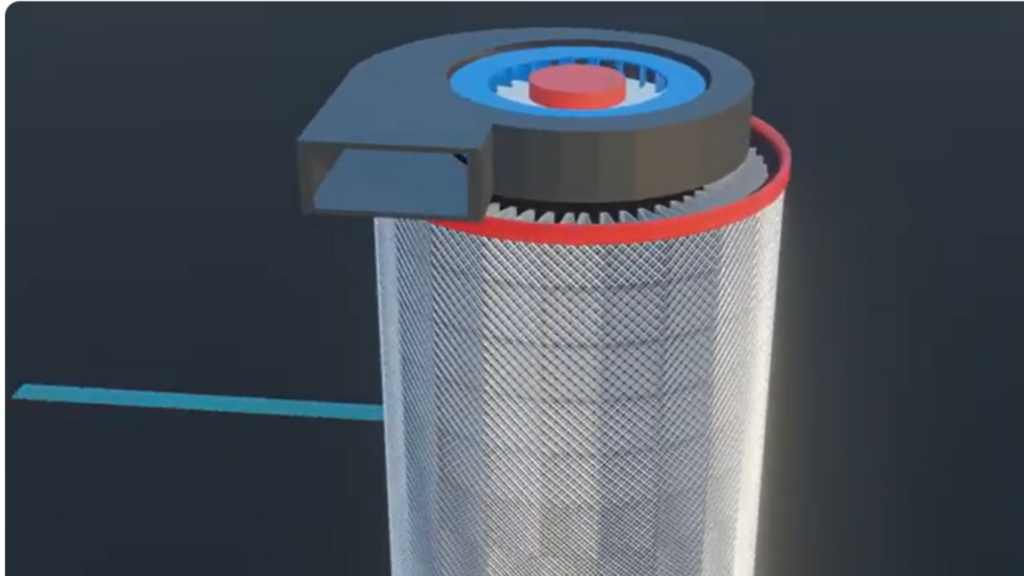
- For allergies & asthma – Get a HEPA filter (e.g., Levoit Core 300 or Honeywell HPA300).
- For pet owners – HEPA + activated carbon is ideal (e.g., Winix 5500-2).
- For smoke & odors – Look for a carbon filter (e.g., Coway Airmega 400).
- For large rooms – High CADR rating is key (e.g., Blueair Blue Pure 211+).
👉 Quick Answer: Match the purifier to your specific needs—HEPA for allergens, carbon for odors, and high CADR for large spaces.
Final Thoughts
Buying an air purifier doesn’t have to be complicated. Focus on filter type, room size, CADR rating, noise level, and smart features. Pick the right one, and you’ll breathe cleaner, fresher air every day!
Do you have an air purifier already? Let me know what worked (or didn’t) for you in the comments!
FAQs About Air Purifiers
Does an air purifier work for allergies?
Yes! If you sneeze a lot or wake up with itchy eyes, an air purifier can help. HEPA filters trap tiny allergens like dust, pollen, and pet hair, stopping them from floating in the air. It’s like having an invisible shield that keeps your air clean.
For the best results, put your purifier in rooms where you spend the most time, like your bedroom. And don’t forget to change the filter—an old filter won’t work well!
Quick Answer: Yes, HEPA filters remove allergens and help with allergies.
Can air purifiers remove pet odors?
Yes! If your home smells like your furry friend, an air purifier with a carbon filter can help. Unlike regular filters, carbon filters absorb smells and gases, leaving your home fresh.
I noticed a big difference after running my air purifier for a few hours—the dog smell was gone! Just make sure to choose a purifier made for pet owners.
Quick Answer: Yes, carbon filters absorb pet odors and freshen the air.
How long should you run an air purifier daily?
All day!
Air pollution doesn’t stop, so your purifier shouldn’t either. Most models are designed to run 24/7 and don’t use much electricity. If running it all day isn’t an option, keep it on when you’re home or sleeping.
If your purifier has Auto Mode, use it! It adjusts speed based on air quality, saving energy while keeping the air clean.
Quick Answer: Keep it on all day for the best air quality, or at least when you’re home.
Can you sleep with an air purifier on?
Yes! It’s actually a great idea. Clean air helps you sleep better, especially if allergies or stuffy air keep you awake. Most air purifiers have a quiet mode so they won’t disturb you.
I used to wake up with a stuffy nose, but after placing my purifier near my bed, I noticed a huge difference. Just keep it a few feet away for the best airflow.
Quick Answer: Yes, sleeping with an air purifier on improves air quality and sleep.
Conclusion: Breathe Easy with the Right Air Purifier
Do air purifiers really work? Yes! When used right, they make a big difference in air quality. They help with allergies, remove odors, and even improve sleep. These small machines aren’t just fancy gadgets—they’re a smart choice for better health.
Key Takeaways:
- Where You Put It Matters: Keep your air purifier in an open space, away from walls and furniture, so air flows freely.
- Keep Filters Clean: Change HEPA filters every 6–12 months and carbon filters every 3–6 months to keep it running well.
- Use It Often: For fresh air all day, let it run 24/7 or at least while you’re home and sleeping.
- Choose the Right One: HEPA filters trap allergens, carbon filters remove odors, and UV purifiers fight germs—pick what you need most.
My Final Thoughts At first, I wasn’t sure an air purifier would help. But after seeing less dust, breathing easier, and sleeping better, I’m convinced. If you’re tired of sneezing, dealing with pet smells, or just want cleaner air, it’s worth getting one.
Now, I’d love to hear from you! Have you tried an air purifier? Did it help? Drop a comment below and share your thoughts. Let’s help each other breathe easier!
My name is Carlos Gadd, and I am the creator of AirPurityGuide.com.. With a passion for footwear, I share my experiences, insights, and expertise about shoes. Through my blog, I aim to guide readers in making informed decisions, finding the perfect pair, and enhancing their footwear knowledge. Join me on this journey to explore everything about shoes!